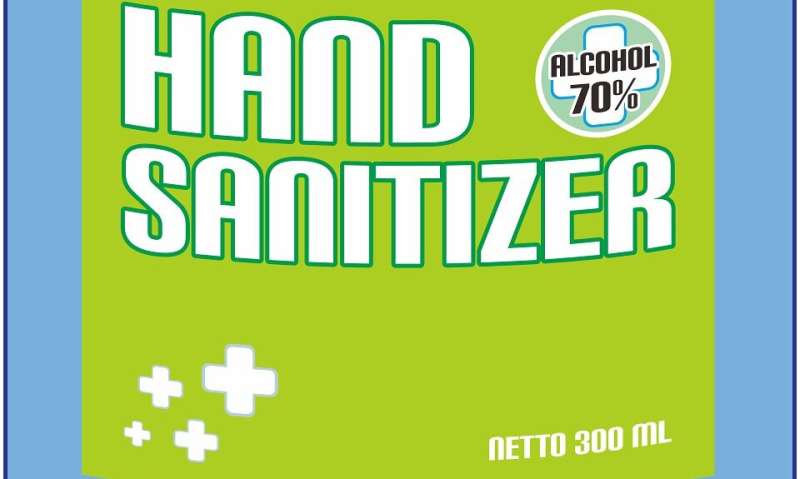

Q: My family has been using a lot of hand sanitizer during the pandemic. Is there anything harmful in it?
A: Washing hands with soap and clean water for at least 20 seconds is the best way for children to get rid of germs, including COVID-19. If soap and water are not available, children can use hand sanitizer with at least 60% alcohol. However, swallowing hand sanitizer can cause poisoning in children, so be careful with it.
The American Academy of Pediatrics urges parents to keep hand sanitizers out of children’s reach. Don’t forget about travel-size bottles of sanitizer in purses, diaper bags, backpacks and cars. Parents and caregivers also should supervise children who are 5 and younger when they use hand sanitizer.
Many hand sanitizers are made with alcohol or rubbing alcohol (ethanol, ethyl alcohol, or isopropanol, isopropyl alcohol). Alcohol poisoning symptoms include loss of balance, sleepiness, low blood sugar, seizures and coma, and it can be fatal.
Children and adults also have been poisoned after using hand sanitizer that contained methanol (also called wood alcohol, methyl alcohol or methylated spirits). The U.S. Food and Drug Administration has issued recalls for products containing methanol, which is toxic if swallowed or after repeated use on skin. It can cause problems ranging from nausea and headaches to blindness, nervous system damage or death. An FDA import alert also warns about products found to contain methanol and/or 1-propanol, another form of alcohol that should not be used in hand sanitizers.
Because families began buying more hand sanitizer during the COVID-19 pandemic, the National Poison Data System has been getting many more reports of concerning exposures in children. Many are for children ages 5 years and younger.
Health experts recommend using hand sanitizer that is 60% to 95% alcohol to kill the virus that causes COVID-19. Drinking alcohol typically has 5% to 40% alcohol. The FDA began letting companies that do not normally produce hand sanitizer make and sell it during the pandemic. Before buying or using hand sanitizer, make sure it has a label that lists the ingredients, warnings and precautions. In addition, it’s a good idea to check the do-not-use list at www.fda.gov/handsanitizerlist.
To reduce the risk of injury from children drinking hand sanitizers, manufacturers should add ingredients to make them taste bitter. This important step helps prevent children from eating the product. However, the FDA has been alerted that some young people have tried drinking hand sanitizers that come from distilleries that have not taken the step to make them taste bad.
You can check for bitter ingredients such as denatonium benzoate (Bitrex); sucrose octaacetate; or butanol (also called tert-butyl alcohol). Current denatured hand sanitizers are made to taste bitter, but you should dispose of any old bottles of “denatured alcohol,” which may have toxic methanol added.
Be especially careful with hand sanitizers made with isopropyl alcohol (isopropanol) around children. These can be more toxic than those made with ethanol or ethyl alcohol.
Make-your-own hand sanitizer recipes, which are widely available on the internet, may not be the best option for families. The FDA warns that if made incorrectly, hand sanitizer may not work. There have also been reports of skin burns from homemade hand sanitizer. Call 911 right away if your child has collapsed, is having a seizure, is having a hard time breathing, or if they can’t wake up after using or swallowing hand sanitizer products. Otherwise, you can reach your regional poison control center by calling 1-800-222-1222.
Source: Read Full Article